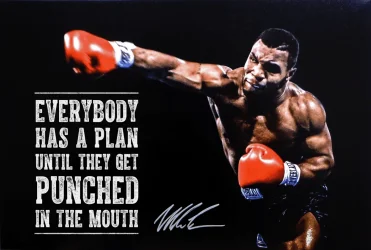If you train form, do you ever think about at the end of your form, you start to do your inverse form?
For example, if your form starts with right hook punch, right front kick, right back fist, ... . At the end of your form, you connect with left hook punch, left front kick, left back fist, ...
Your thought?
For example, if your form starts with right hook punch, right front kick, right back fist, ... . At the end of your form, you connect with left hook punch, left front kick, left back fist, ...
Your thought?

